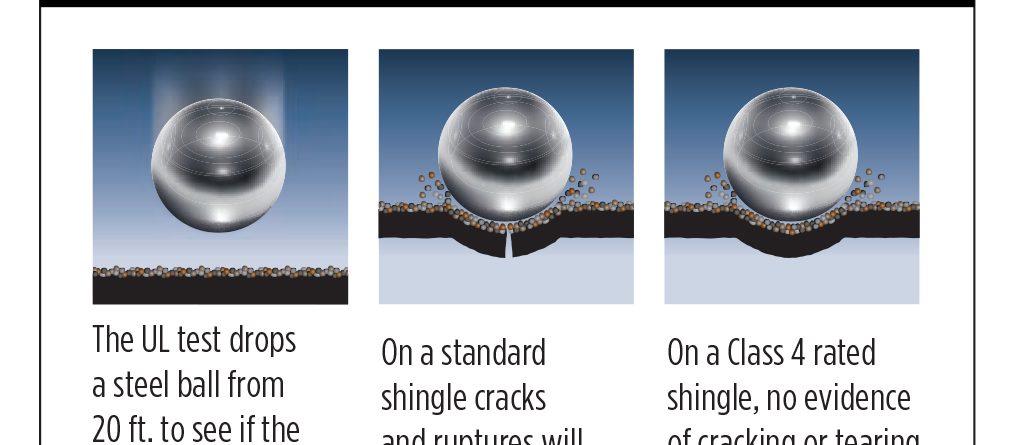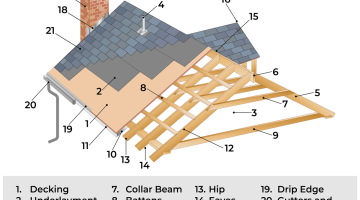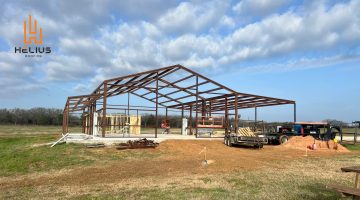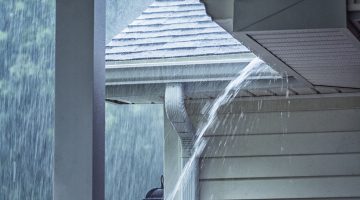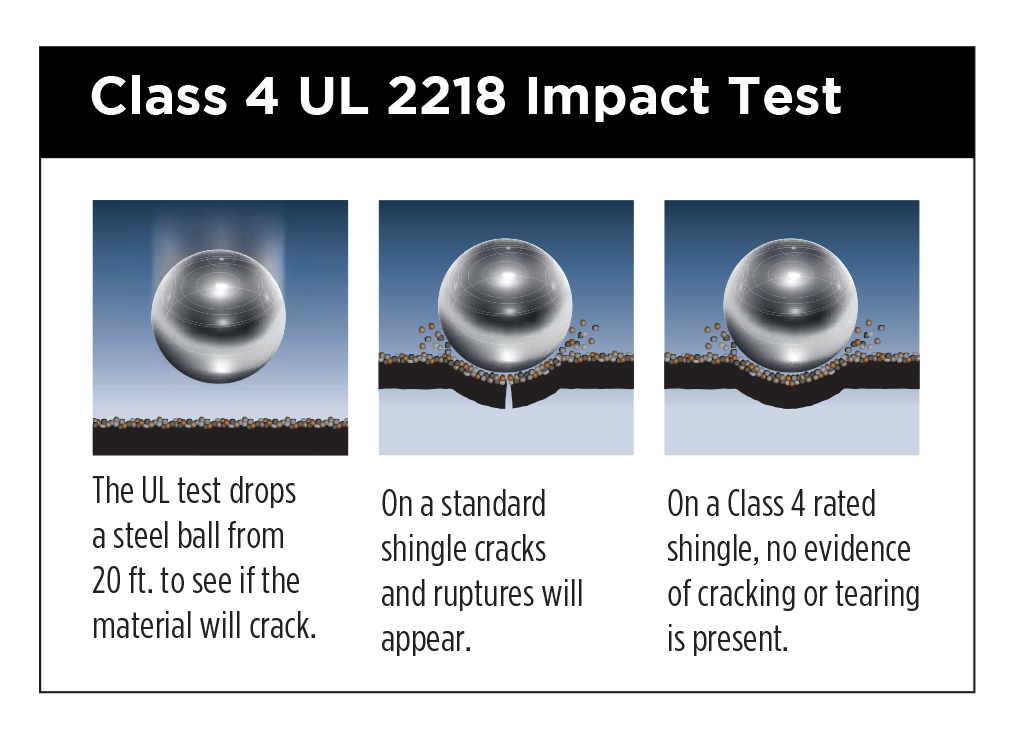
Introduction
When it comes to protecting your home from the elements, few components are as crucial as your roof. It shields your property from rain, wind, and the scorching sun. However, nature can sometimes unleash its fury, in the form of hailstorms, falling debris, or strong winds. To fortify your roof against such hazards, impact resistant shingles have emerged as a reliable solution. In this article, we will explore what impact resistant shingles are, how they differ from traditional shingles, and the benefits they offer.
What are Impact Resistant Shingles?
Impact resistant shingles, also known as hail-resistant or storm-resistant shingles, are a type of roofing material specifically designed to withstand the destructive forces of severe weather conditions. These shingles are manufactured with advanced technologies and durable materials, making them highly resistant to impacts, such as hailstones or flying debris.
Differences from Traditional Shingles
While traditional asphalt shingles are commonly used for residential roofs, they may be more vulnerable to damage from extreme weather events. Impact resistant shingles, on the other hand, incorporate additional layers or specially formulated materials that enhance their resistance to impacts. The key differences between impact resistant shingles and traditional shingles include:
- Reinforced Construction: Impact resistant shingles are constructed with multiple layers, making them more robust and better equipped to endure impacts. These layers often include a fiberglass mat or a modified asphalt base, providing enhanced strength and flexibility.
- Class Ratings: Impact resistant shingles are assigned class ratings, such as Class 3 or Class 4, which indicate their level of resistance to impacts. These ratings are determined through rigorous testing that simulates real-world conditions, including hailstone impacts at varying speeds.
- Impact-Resistant Coatings: Some impact resistant shingles feature special coatings or granules that offer an added layer of defense against impacts. These coatings can help absorb and distribute the force of impacts more effectively, reducing the likelihood of damage.
Benefits of Impact Resistant Shingles
- Improved Durability: Impact resistant shingles are built to withstand the rigors of severe weather conditions, ensuring a longer lifespan for your roof. They are less likely to crack, dent, or lose granules when compared to traditional shingles, providing increased durability.
- Protection Against Hail Damage: Hail can wreak havoc on a roof, leading to leaks, compromised shingle integrity, and costly repairs. Impact resistant shingles significantly reduce the risk of hail-related damage, minimizing the need for frequent repairs or premature roof replacements.
- Enhanced Wind Resistance: High winds can lift and tear off conventional shingles, leaving your roof vulnerable to water infiltration and further damage. Impact resistant shingles are designed to resist wind uplift, offering better protection against strong gusts.
- Potential Insurance Discounts: Many insurance companies recognize the value of impact resistant shingles in reducing the risk of weather-related damage. Consequently, homeowners with impact resistant shingles may be eligible for insurance premium discounts, saving them money in the long run.
Conclusion
Investing in impact resistant shingles is a proactive approach to safeguarding your home and protecting your investment. With their reinforced construction, improved durability, and resistance to hail and high winds, these shingles offer a reliable defense against the destructive forces of nature. Whether you reside in an area prone to severe weather or simply desire added peace of mind, impact resistant shingles are a smart choice that can provide long-lasting protection for your roof. Consult with a roofing professional to assess your specific needs and determine the best impact resistant shingle option for your home.

